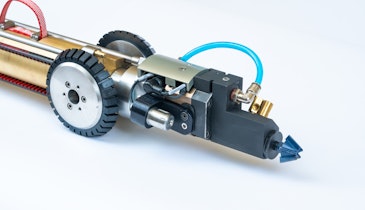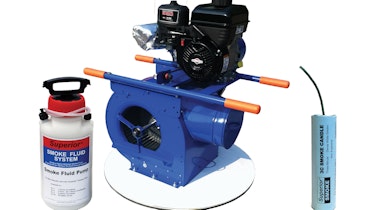Henry Ford, the father of Ford Motor Co., was meeting with his top lieutenants, who were arguing about a major repair project involving a manufacturing plant. After listening for a while, Ford interrupted, saying, “Look, is this going to be expensive?” To which the others replied, “Yes.” Ford continued, “And does it seem as though it’s got to be done?” Again the answer was, “Yes.”
“Well, then,” said Ford, “Let’s stop wasting my time and do it.”
Isn’t that the way of things when it comes to investing in facilities? We waste a lot of time, and money, arguing about things that simply have to be done and only become more costly when we put them off.
Why not now?
We see examples on scales large and small. I recently took my car in for scheduled maintenance. The mechanic took care of the routine items, but when I picked up the car at day’s end, he told me I had a small coolant leak and that I should come back another time and have it fixed at a cost of $80.
“Why didn’t you just fix it today?” I asked.
He said it was because he wasn’t able to reach me during the day to tell me about it and get my authorization. So now I had to drive around with a coolant leak until I could get in for another appointment — with all the inconvenience that entails. And in the meantime the leak could get worse or lead to a costly failure. So in the name of being frugal on my behalf, he actually cost me money and put me at risk.
I was nice to him about it, though, because I have been guilty of the same kind of thinking where my vehicles and home are concerned. The washing machine is making noise? Oh, that’s probably nothing. The skylight in the sunroom leaked overnight? Well, that’s probably just because it was such a heavy rain.
Thinking bigger
That kind of attitude is human nhature, and it carries over to our government decision makers and to our individual behaviors as taxpayers. It’s an attitude we need to resist. In a recent survey, members of the National Association of Sewer Service Contractors (NASSCO) said that funding for sewer rehabilitation projects is the biggest challenge to the industry.
The U.S. EPA estimates that America’s wastewater infrastructure faces $200 billion in existing undocumented needs. If funding to invest in our underground infrastructure doesn’t increase, we will need $534 billion for water and sewer systems by 2019. Meanwhile, as much as 860 billion gallons of sewage is dumped every year into rivers and lakes nationwide.
So, yes, this is going to be expensive. And yes, it seems as though it’s got to be done. And therefore perhaps we should stop wasting time and do it. There have been encouraging signs, not the least being the congressional override of President Bush’s veto of a $23 billion water projects bill last November.
It’s not that the mere fact of spending money is good — wasteful pork-barrel projects remain a concern. But at least Congress considered water resources important enough to use that bill to draw its line in the sand with the administration. That would seem to bode well for public infrastructure long-term.
Beyond the Band-Aid
And the long term is what we all need to consider. Some years ago I served on a small-community school board. The district’s facilities deserved an A-plus for their condition, and it was largely because the superintendent of buildings and grounds had a knack for showing board members the importance of investing in the buildings.
Folks like school board members, aldermen and village trustees are always thinking about how to keep tax bills down. This building and grounds fellow knew how to show us the long-term consequences of our actions. When he came to us with a building issue, he always explained the real solution and the Band-Aid — and the pros and cons of both. The long-term pros were always with the real solution, and we took his recommendations almost every time.
We need to think the way he did, always, when considering the welfare of sanitary, storm and water infrastructure.





